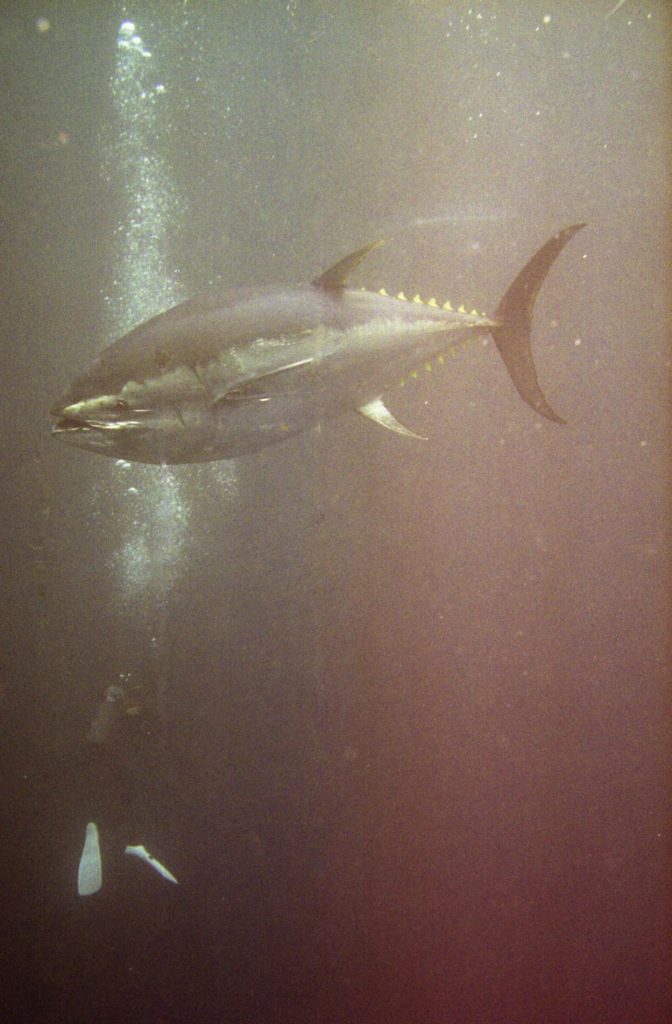I live on an island in southern Japan with a population of about 30,000. The longer I stay, the greater the shock when I visit Tokyo – particularly the sheer amount of people everywhere. Enveloped in this sea of humanity, and carried by the tide down to the subway platforms, I wonder how many among them are truly living as people.
They button up their shirts, tighten the noose of their ties and, with a tired expression never leaving their faces, are sucked into the tunnels of the subway. They avoid the sun and carry out their daily tasks in the temperature-controlled spaces where they work. They are the only animals on the planet capable of doing so.
The leather-soled wave of people bustles along the concrete with barely a one among them who has grown fruits or vegetables from the fields, pulled fish from the ocean or raised an animal to eat.
Having said that, it is a fact that without these “consumers,” it would be impossible for the “producers” to survive on the sale of their goods. The Japanese “kitchen,” Tsukiji Market in Tokyo, is where every type of seafood from the farthest reaches of Japan is hauled, auctioned off and sold.

I was surprised to learn that Tsukiji has found its way into guidebooks sold to foreign tourists. The overseas boom in Japanese cuisine and the subsequent increase in foreign tourists to Japan has been great enough that Tsukiji has created a viewing stand for tourists.
I once held a part-time job at Tsukiji Market and was in charge of hauling our distributor’s large tuna to the auction block. The narrow alleys set out in a grid were overflowing with people and more closely resembled other parts of Asia than Japan. The attraction to foreigners was evident.
How many Japanese have witnessed this scene? I think every Japanese person should experience Tsukiji and understand the time, sweat and oil it takes to bring this catch to the market each day.
Our society demands good quality, consistent supply and cheap prices, yet most people think nothing of those whose job it is to provide for them. This disconnect is dangerous; if it continues we will soon be on the verge of collapse.
I recommend taking in the scene at Tsukiji as soon as possible, as it has been said Tokyo officials are planning to move the market to Odaiba in the hope that a newly built athletes’ village and stadium will make the city an attractive site for the next Olympics. If this provides an opportunity for people to consider the work behind each tasty morsel of fresh fish we eat, then perhaps it is still “high tide” for Japan.





